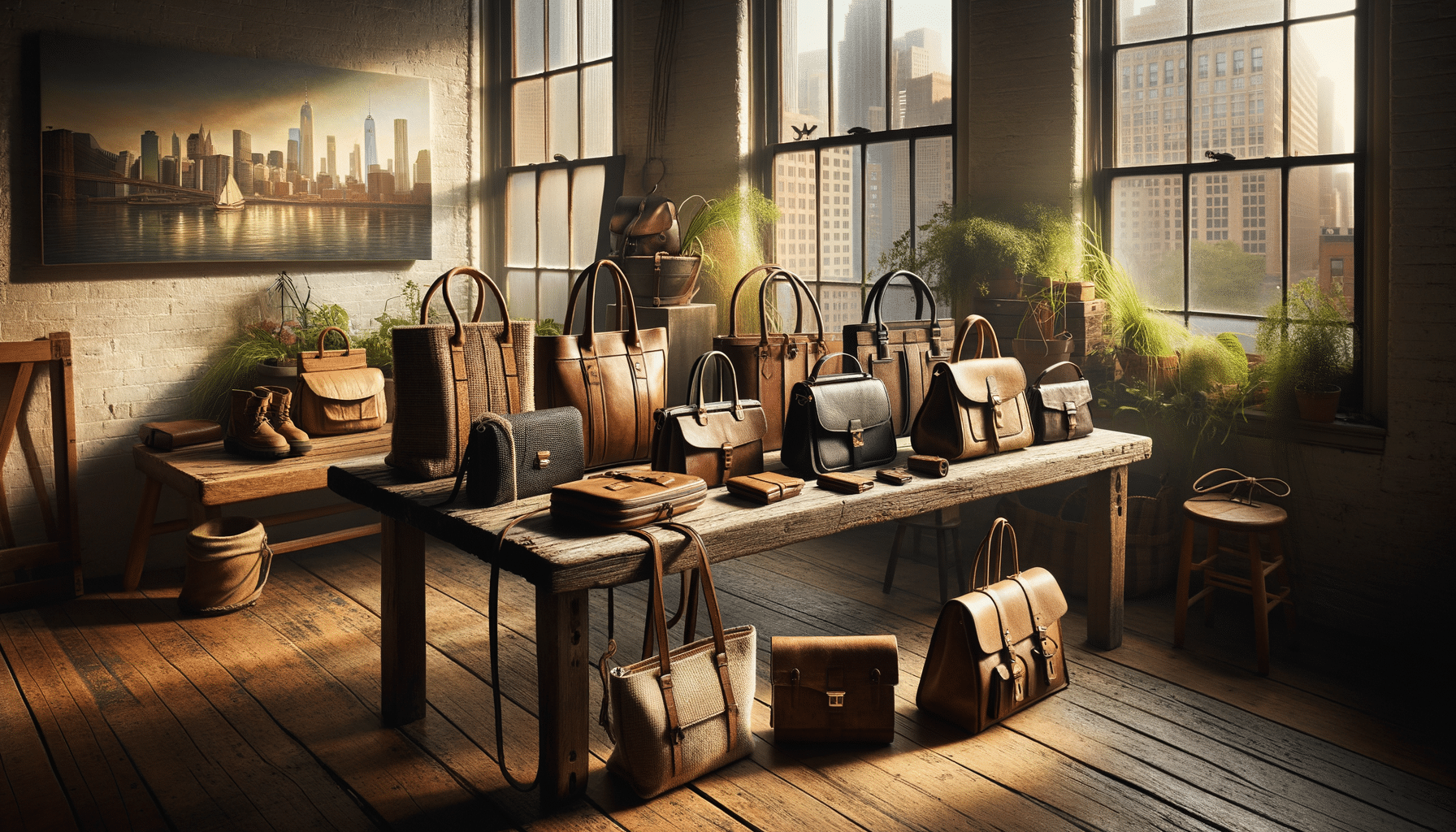
Exploring the World of Handbags: A Comprehensive Guide
The Evolution of Handbags
Handbags have a rich history that dates back centuries, evolving from basic pouches to the fashion-forward accessories we know today. Initially, these bags served purely utilitarian purposes, carrying coins and small personal items. As societies progressed, so did the design and function of handbags. By the 19th century, handbags began to reflect the fashion trends of the era, becoming more ornate and crafted from luxurious materials.
In the 20th century, handbags became a staple in the fashion industry, with designers experimenting with shapes, materials, and embellishments. The handbag’s evolution highlights its dual role as both a practical item and a fashion statement, showcasing the creativity and innovation inherent in its design. Today, handbags continue to evolve, integrating technology with fashion to offer features like built-in chargers and RFID protection.
Types of Handbags and Their Uses
The world of handbags is vast, offering a variety of styles to suit different occasions and personal tastes. Here are some popular types of handbags and their typical uses:
- Tote Bags: Known for their spacious interiors, tote bags are ideal for everyday use, especially for those who need to carry multiple items, such as books, laptops, or groceries.
- Clutch Bags: Perfect for evening events or formal occasions, clutch bags are small and designed to be held by hand, often featuring elegant designs.
- Crossbody Bags: These bags offer convenience and security with their long straps that can be worn across the body, making them suitable for travel or busy days out.
- Shoulder Bags: A versatile choice, shoulder bags come in various sizes and styles, fitting comfortably on the shoulder for easy access.
- Backpacks: Once associated with schoolchildren, backpacks have become a fashionable choice for adults, offering practicality and comfort for those on the go.
Each type of handbag serves a specific purpose, allowing individuals to express their style while meeting their daily needs. The versatility of handbags makes them a crucial accessory in any wardrobe.
Materials and Craftsmanship
The quality and durability of a handbag often depend on the materials used and the craftsmanship involved in its creation. Common materials include leather, canvas, synthetic fabrics, and eco-friendly alternatives like cork and recycled materials. Leather remains a popular choice due to its durability and classic appeal, with various finishes such as patent, suede, and pebbled leather offering different aesthetics.
Handbags crafted with meticulous attention to detail can last for years, becoming cherished items passed down through generations. Skilled artisans employ techniques such as stitching, weaving, and embossing to create unique and high-quality pieces. The choice of material and craftsmanship not only affects the handbag’s appearance but also its functionality and longevity.
Choosing the Right Handbag
Selecting the right handbag involves considering several factors, including personal style, functionality, and budget. Here are some tips to help you choose a handbag that suits your needs:
- Purpose: Determine what you need the handbag for. Is it for work, casual outings, or special occasions? This will guide you in choosing the appropriate style and size.
- Material: Consider the durability and maintenance of the material. Leather offers longevity, while fabric bags may require more upkeep.
- Features: Look for features that enhance functionality, such as multiple compartments, secure closures, and adjustable straps.
- Budget: Set a budget and explore options within that range. High-quality handbags are available at various price points, ensuring you find something that meets your financial constraints.
By taking these factors into account, you can select a handbag that not only complements your wardrobe but also serves your practical needs.
Handbag Trends and Sustainability
As fashion trends evolve, so do the designs and materials used in handbags. In recent years, there has been a growing emphasis on sustainability within the fashion industry, with many brands opting for eco-friendly materials and ethical production practices. This shift reflects a broader consumer demand for products that minimize environmental impact.
Current trends in handbags include the use of sustainable materials such as vegan leather, recycled plastics, and organic fabrics. These materials not only reduce the carbon footprint but also offer innovative textures and finishes. Additionally, minimalist designs and multifunctional bags are gaining popularity, catering to consumers who value versatility and simplicity.
The focus on sustainability in handbag design not only addresses environmental concerns but also aligns with a growing consumer preference for ethically produced goods. By choosing handbags from brands that prioritize sustainability, consumers can contribute to a more responsible fashion industry.


